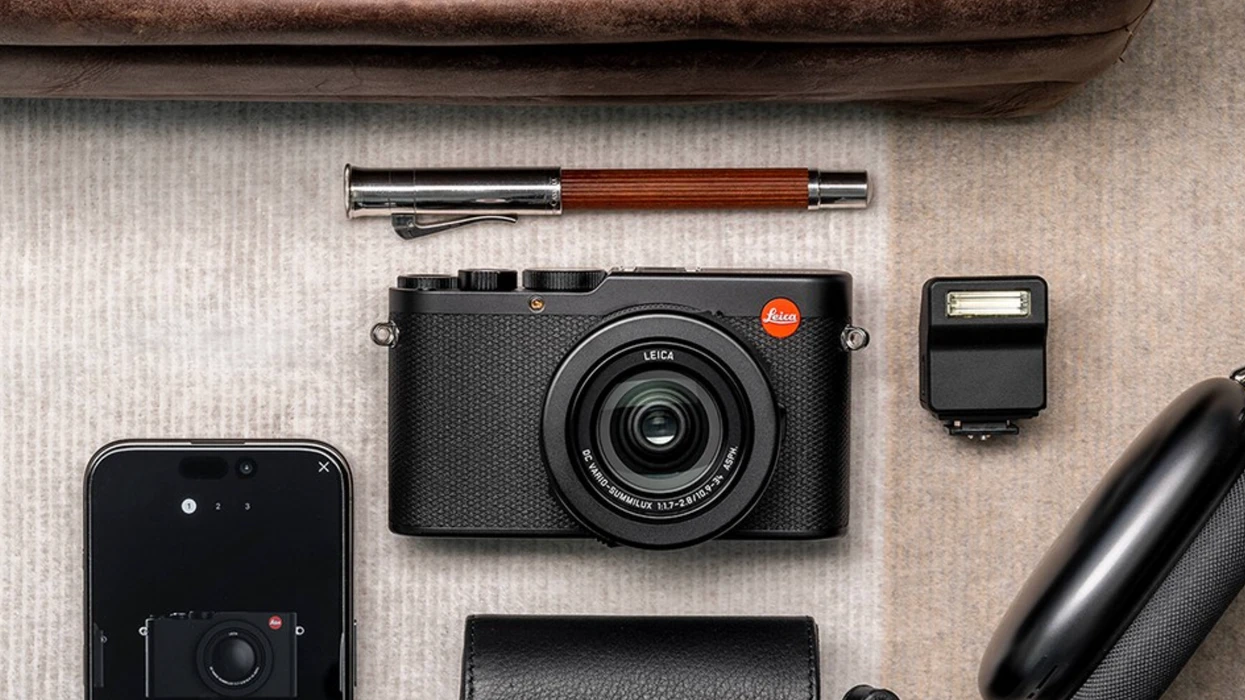Leica recently introduced the D-Lux 8, a compact camera that aims to compete with Fujifilm’s popular X100V and make its mark in the growing small camera market.
The Leica D-Lux 8 keeps the 17-megapixel Four Thirds CMOS sensor from its predecessor, the D-Lux 7. Leica has yet to disclose whether it’s an upgraded sensor.
Leica has now introduced DNG RAW file recording in the D-Lux series, a feature that offers photographers unparalleled control over their post-processing. As we delve into the capabilities and possibilities of the Leica D-Lux 8, it becomes evident that the decision between these two contenders hinges on individual inclinations and priorities.
Read also: The pros, cons of Sony A6700 for enthusiasts, videographers.
Leica D-Lux 8: Enhancements in sensor, lens, and size
Like its predecessor, the D-Lux 7, the Leica D-Lux 8 has a 17-megapixel Four Thirds CMOS camera. Leica still has not said whether it’s a new sensor or an improvement over the old one. A DIGIC processor that has yet to be named does the picture processing.
The camera has a fixed 10.9–34mm f/1.7–2.8 lens, giving it a focal length of 24–75mm on a full-frame camera. This lens can be used for many types of photos, from expansive views to close-ups of people.
With the Leica D-Lux 8, Leica is adding DNG RAW file recording for the first time in the D-Lux line, which is a nice feature for photographers who like having more control over their photos after they’ve been taken.
Leica has yet to announce some essential video specs. Based on current standards, we expect to be able to record at least 4K video, but we need more information about frame rates and codecs.
The Leica D-Lux 8 is made to be portable, and it should be even smaller and lighter than its predecessor; this makes it an excellent choice for shooters who want a small, light camera. Some reviews say the Fujifilm X100V might still be a little smaller.
Is the Leica D-Lux 8 a worthy rival to the Fujifilm X100V?
The Leica D-Lux 8 is likely to keep the classic Leica camera look, which is known for its clean lines and focus on function. Leica is known for charging high prices, and the D-Lux 8 is likely to cost $1,595, which is a little less than the Fujifilm X100V.
The Leica D-Lux 8 looks like a proper small camera with a standard Leica look. Some of its features are still kept secret, but shooters who care about portability, a flexible lens, and RAW capture will love it.
Read also: Discovering Canon EOS R6 Mark II
The Fujifilm X100V is still a strong competitor, though user reviews suggest it might have better picture quality and a smaller size.
Before deciding, it’s advisable to await professional reviews that comprehensively compare the camera’s picture quality, focusing and video features.
Both Leica and Fujifilm are renowned for their excellent handling, so reading reviews from other users can also help you determine which camera feels more comfortable in your hands.
Personal preferences and needs ultimately guide the choice between the Leica D-Lux 8 and the Fujifilm X100V.














